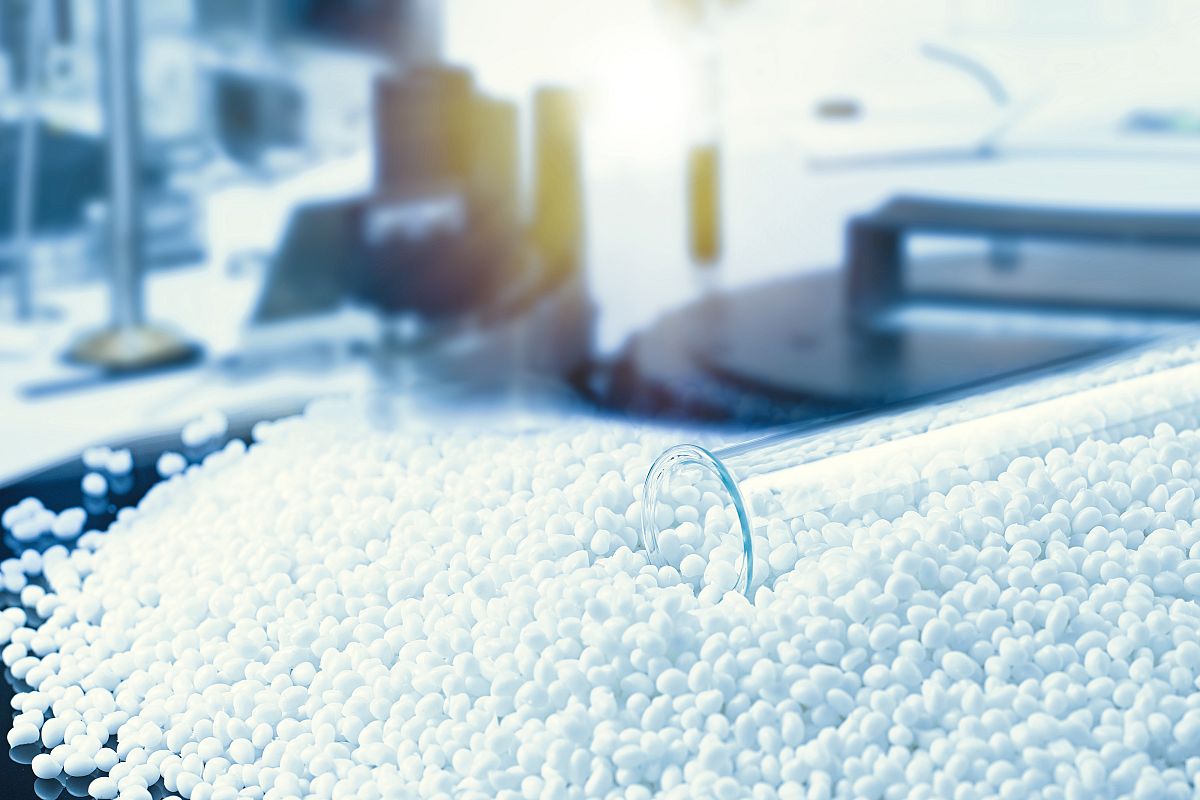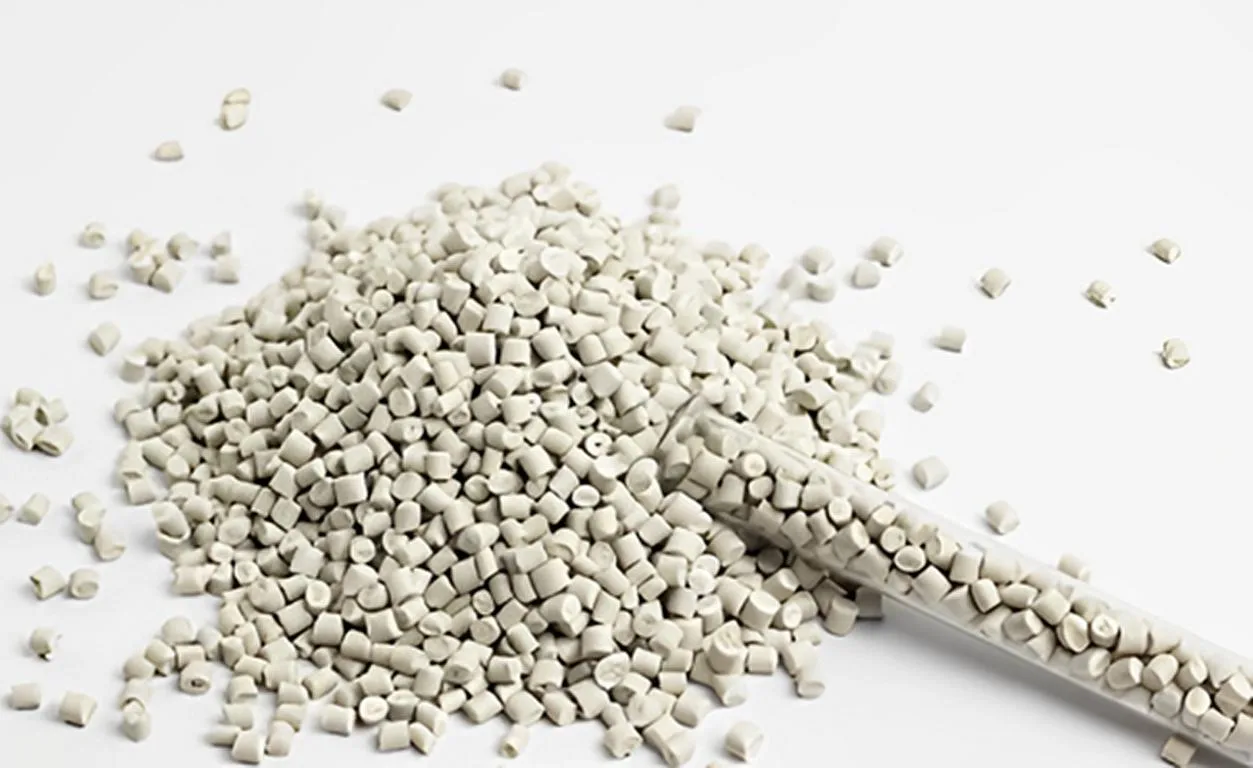In today’s fast-evolving world of materials engineering, the demand for products that are flexible, durable, and versatile has led to the rise of Thermoplastic Elastomers (TPEs). From automotive interiors to medical devices, TPE materials have become an essential part of modern manufacturing.
If you’re curious about what TPE is, how TPE pellets are made, the types of thermoplastic elastomers, and where companies like Surya Masterbatches fit into this exciting sector — this comprehensive guide will walk you through everything you need to know.
What is TPE (Thermoplastic Elastomer)?

TPE stands for Thermoplastic Elastomer, a class of polymers that combine the elastic properties of rubber with the processing advantages of plastics.
In simple terms:
- Like rubber, TPEs can stretch and return to their original shape.
- Like plastics, they can be melted, molded, and solidified repeatedly.
This dual behavior makes TPEs highly versatile, economical, and recyclable, making them an ideal choice for a wide range of industries.
Key Characteristics of TPE Materials
Here’s why TPE materials are increasingly popular:
- Flexibility: Retains elasticity over a wide temperature range.
- Lightweight: Offers strength without the weight of conventional rubber.
- Durable: Resistant to weather, chemicals, UV rays, and abrasion.
- Easy Processing: Can be molded, extruded, or blow-molded like traditional thermoplastics.
- Recyclable: Can be remelted and reused, reducing waste.
- Cost-Efficient: Shorter manufacturing cycles compared to vulcanized rubber.
What Are TPE Pellets?

TPE pellets are the raw form of thermoplastic elastomer materials. These small, bead-like granules are designed for easy handling and efficient processing during manufacturing.
How TPE Pellets Are Used:
- Injection Molding: For making products like phone cases, automotive parts, and footwear.
- Extrusion: For cables, hoses, and tubing.
- Overmolding: Used to add soft-touch grips to tools and appliances.
Leading manufacturers, like Surya Masterbatches, offer custom TPE pellet formulations tailored to specific applications, ensuring optimal performance.
Composition of TPE Materials
TPEs are not one single material but a family of materials usually consisting of:
- Hard segments (thermoplastic phase)
- Soft segments (elastomeric phase)
This molecular structure is what gives TPEs their unique ability to behave like both rubber and plastic.
Common materials used in TPE compositions include:
- Polypropylene (PP)
- Polyester (PET)
- Polyamide (Nylon)
- Polystyrene (PS)
- Polyurethane (PU)
Types of Thermoplastic Elastomers
There are several main types of TPEs, each with different characteristics and applications:
1. Styrenic Block Copolymers (TPE-S or TPS)
- Example: SBS (Styrene-Butadiene-Styrene), SEBS (Styrene-Ethylene-Butylene-Styrene)
- Applications: Footwear, adhesives, consumer goods.
2. Thermoplastic Polyolefins (TPO)
- Blend of polypropylene and rubber.
- Applications: Automotive bumpers, dashboard skins, outdoor equipment.
3. Thermoplastic Vulcanizates (TPV)
- Dynamic vulcanization of rubber dispersed in a thermoplastic matrix.
- Applications: Automotive seals, appliance parts, medical devices.
4. Thermoplastic Polyurethanes (TPU)
- Exceptional abrasion resistance, high flexibility.
- Applications: Sporting goods, cables, hoses.
5. Thermoplastic Copolyesters (COPE)
- Good chemical and thermal resistance.
- Applications: Medical tubing, industrial belts, electrical insulation.
6. Thermoplastic Polyamides (PEBA)
- Combines flexibility and toughness.
- Applications: High-performance sports equipment, medical devices.
Applications of TPE
TPE materials have a wide variety of applications across industries:
| Industry | Application Examples |
| Automotive | Seals, gaskets, interior parts, handles |
| Medical | Catheters, syringes, grips |
| Consumer Goods | Toothbrush grips, kitchen utensils, phone cases |
| Footwear | Soles, inserts, insoles |
| Electronics | Cable insulation, connectors |
| Industrial | Conveyor belts, tubing, hoses |
Because TPE can mimic rubber without the need for vulcanization, it drastically reduces production time and costs.
Advantages of Using TPE
Here’s why manufacturers choose TPEs over traditional rubber:
- Processing Efficiency: No curing time; products can be produced faster.
- Design Flexibility: Can create complex shapes and soft-touch surfaces.
- Environmental Benefits: Recyclable and lower carbon footprint.
- Color Customization: Easily colored with masterbatches for branding.
Companies like Surya Masterbatches specialize in providing custom-colored TPE pellets, offering better product differentiation and enhanced aesthetics.
Challenges in TPE Use
Despite their advantages, TPEs do have some limitations:
- Temperature Sensitivity: Performance can degrade at very high temperatures.
- Mechanical Properties: May not match traditional thermoset rubber in heavy-load applications.
- Cost: Certain specialized TPEs can be more expensive than conventional plastics.
Careful material selection and formulation — such as those offered by Surya Masterbatches — can help address these challenges effectively.
TPE vs. Traditional Rubber: A Quick Comparison
| Property | TPE | Rubber |
| Processing | Melt and mold | Requires curing (vulcanization) |
| Recyclability | High | Very low |
| Production Time | Short | Long |
| Cost | Generally lower | Generally higher |
| Durability | Good (varies by type) | Excellent |
Innovations in TPE: The Future
With growing focus on sustainability, TPEs are evolving:
- Bio-based TPEs: Derived from renewable sources.
- Recycled TPEs: Incorporating post-consumer waste.
- Smart TPEs: Materials that can change properties based on stimuli (temperature, light).
Leading innovators like Surya Masterbatches are already exploring eco-friendly and performance-enhanced TPE solutions to meet future market needs.
Why Choose Surya Masterbatches for TPE Solutions?
At Surya Masterbatches, we offer world-class TPE solutions customized for your specific needs. Our expertise includes:
Customized TPE Formulations: Designed for optimal performance and durability.
Masterbatch Solutions: Wide color options and additives for enhanced functionality.
Quick Turnaround Times: Rapid production cycles and delivery.
Eco-Friendly Options: Commitment to sustainable materials.
Technical Support: From material selection to final product optimization.
Whether you’re launching a new product line or upgrading an existing one, Surya Masterbatches is your trusted TPE partner.
Final Thoughts
Thermoplastic Elastomers (TPEs) represent the perfect marriage between plastics and rubber, offering versatility, efficiency, and sustainability. From simple phone cases to advanced automotive parts, TPE materials continue to transform industries with their endless possibilities.
Understanding the types of thermoplastic elastomers, the advantages of TPE pellets, and partnering with experienced suppliers like Surya Masterbatches can position your products ahead of the competition.
If you’re looking to incorporate high-performance, durable, and eco-friendly materials into your manufacturing, TPE is the way to go and Surya Masterbatches is here to make it happen!
